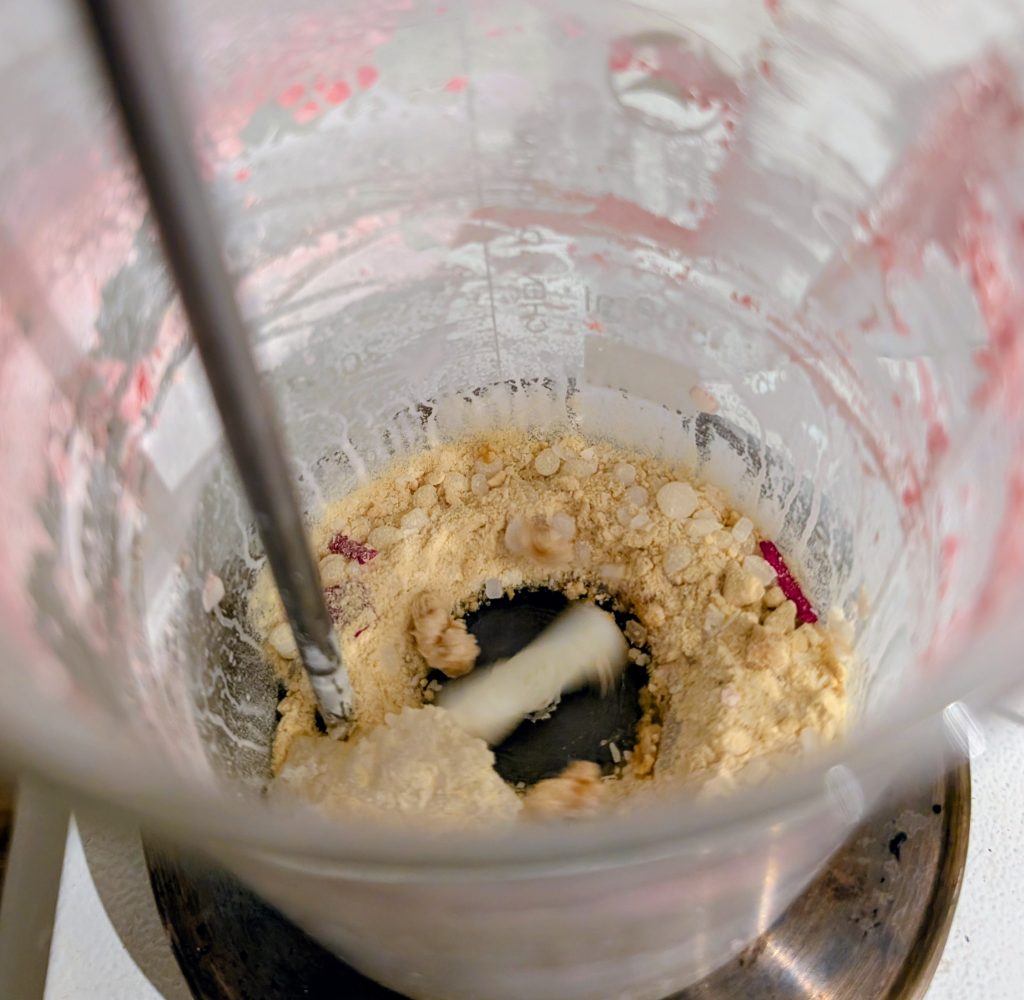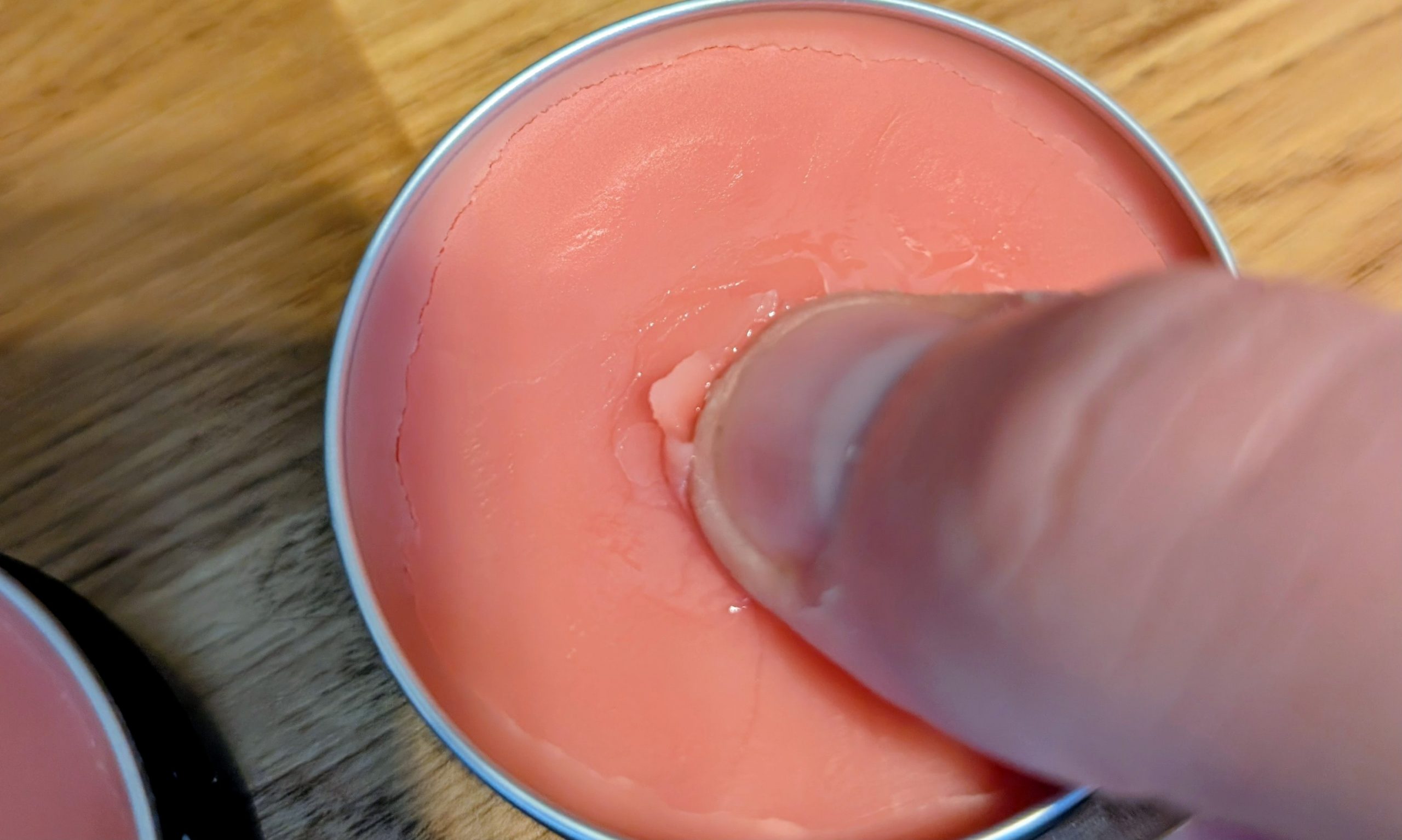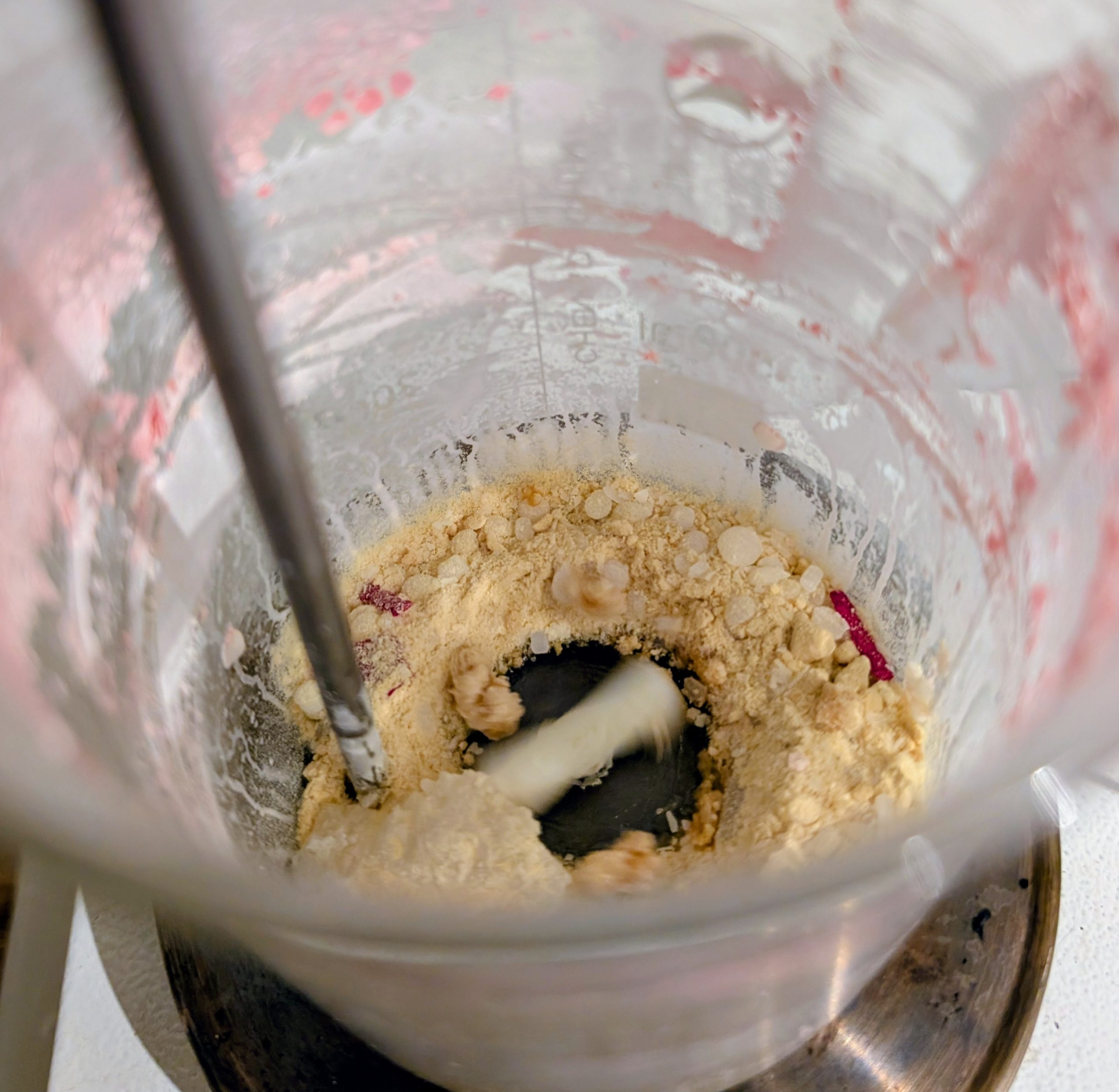
The goal wasn’t to make just another carnauba tin. The goal was to design a wax from its mechanical structure outward — to control feel, cure behaviour, and solvent retention, rather than leaving them to chance.
Step 1 — Start with a Wax Matrix, Not a Single Wax
Carnauba is a brilliant natural wax, but it’s like glass: hard, glossy, and brittle. Left on its own, it cracks, flakes, and won’t hold solvent. So instead, we built a multi-phase wax structure where each component plays a role:
| Wax Type | Inclusion Level (Rounded) | Purpose |
|---|---|---|
| Carnauba | ~9% | Provides surface hardness and high-temperature gloss |
| Montan ester wax | ~5% | Adds detergent resistance and strengthens the film |
| Oxidised polyethylene wax | ~6% | Contributes toughness and abrasion resistance |
| Microcrystalline wax | ~6% | Softens the matrix and prevents brittleness |
Rather than depending on one miracle ingredient, we created a reinforced crystalline network — rigid where needed, flexible where it counts.
Step 2 — Control Evaporation with More Than One Solvent
One solvent can only give one evaporation profile. With a single fast solvent, you get harsh flashing and short working time. With a single slow solvent, you’re buffing a smear forever.
So the carrier system was split across three volatility bands:
| Solvent Class | Inclusion (Rounded) | Function |
|---|---|---|
| Fast aliphatic carrier | ~37% | Initiates haze stage and enables quick buff |
| Mid-boiling isoparaffin | ~23% | Extends open time so it doesn’t dry too quickly |
| Higher flash paraffinic solvent | ~6% | Reduces shrinkage and prevents bleed-out |
The result? A wax that doesn’t seize instantly, but also doesn’t stay greasy.
Step 3 — Silicone Helps, But Only in Controlled Form
Silicone gets overused. Most formulations rely on heavy silicone fluids, which feel oily and artificial. Instead, we split its functionality:
| Silicone Type | Inclusion (Rounded) | Outcome |
|---|---|---|
| Organosiloxane wax | ~4% | Increases dry gloss and water repellency without greasiness |
| Polydimethylsiloxane fluid | ~4% | Adds slip and hydrophobic behaviour on buff |
| Auxiliary siloxane leveller | <1% | Ensures uniform haze and prevents patching |
This approach gives modern hydrophobicity without losing the traditional tactile feel of a waxed surface.
The Result
We didn’t melt ingredients together and hope for the best — we constructed a physical system:
- A crystalline backbone subdivided for flexibility
- A multi-speed solvent system that flashes in stages, not abruptly
- A dual-form silicone system that supports film behaviour instead of dominating it
It wasn’t perfect immediately — early versions bled solvent under pressure — but the underlying framework was correct. From that point on, the task wasn’t reinvention, it was tightening.
Keep an eye out for our next blog post for how we fixed this issue!


